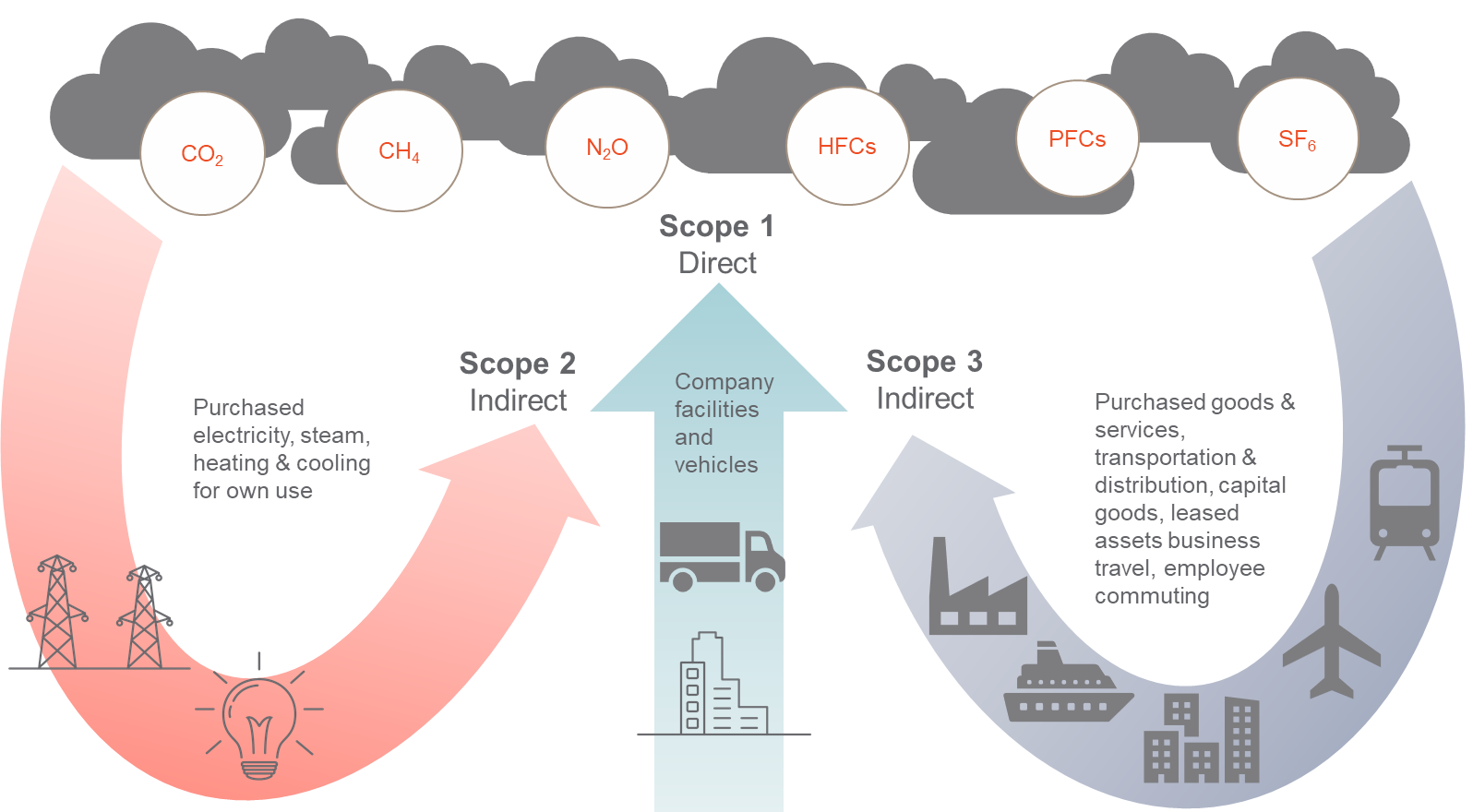
March 10, 2020
Science Based Targets: The New Gold Standard for Goal Setting? (Part 1)
Edison Energy
In this two-part series, we will be exploring Science Based Targets. In part one, we take a look at what constitutes a Science Based Target and how you can set one. Part two will break down the business case for setting Science Based Targets.
Science Based Targets are rapidly becoming the norm for corporations looking to demonstrate leadership on greenhouse gas emission reduction targets. The Science Based Targets Initiative (SBTi) is a collaboration between CDP, World Resources Institute (WRI), World Wide Fund for Nature (WWF) and the United Nations Global Compact (UNGC). The initiative defines and promotes best practices in target setting aligned with climate science, and is quickly becoming a mainstream exercise for the world’s largest companies. At least 327 companies currently have approved SBTis; meeting all of these targets would require 90 TWh of annual renewable energy generation. To put this number in prospective, this would increase the renewable energy generation on the US grid today by 13%.
What Makes a Target Science-Based?
A science-based target aims to meet the goals of the Paris Agreement: to limit warming to well-below 2°C above pre-industrial levels and pursue efforts to limit warming to 1.5°C.
How Do I Set a Science Based Target?
- Step 1. Submit commitment letter
- Step 2. Develop a target
- Step 3. Submit target for validation within 24 months of initial commitment
- Step 4. Announce the target
Currently, over 796 corporations are committed to taking action through the initiative and 469 of those companies are currently on the target development step of the rigorous submission process which includes completing a comprehensive greenhouse gas inventory and developing targets. Each company that submits a target for validation will undergo meticulous independent evaluation to ensure its methodology is in line with SBTi requirements, often requiring companies to revise and improve its targets multiple times before approval is granted. At a minimum Scope 1 and Scope 2 emissions targets will be consistent with the level of decarbonization required to limit global warming to 2°C; however, as of October 15th 2019, the SBTi will only approve Scope 1 and 2 targets that are in line with either well-below 2°C or 1.5°C. If a company’s Scope 3 emissions make up 40% or more of total emissions, then a Scope 3 target is required for submission.

GHG Scope 1, 2, & 3 Emissions
Stay tuned for part two of this series where we will break down the business case for setting Science Based Targets.
Is your company committed to setting a science-based target? Have you set a target and are looking for how to most effectively utilize renewable energy to help meet the target? Edison Energy can work with your team to develop a strategy for setting and/or achieving your goals. In addition our team can craft solutions to address Scope 1, 2, and 3 emissions across your operations. Enter your information here and someone from our energy team will reach out to you.




